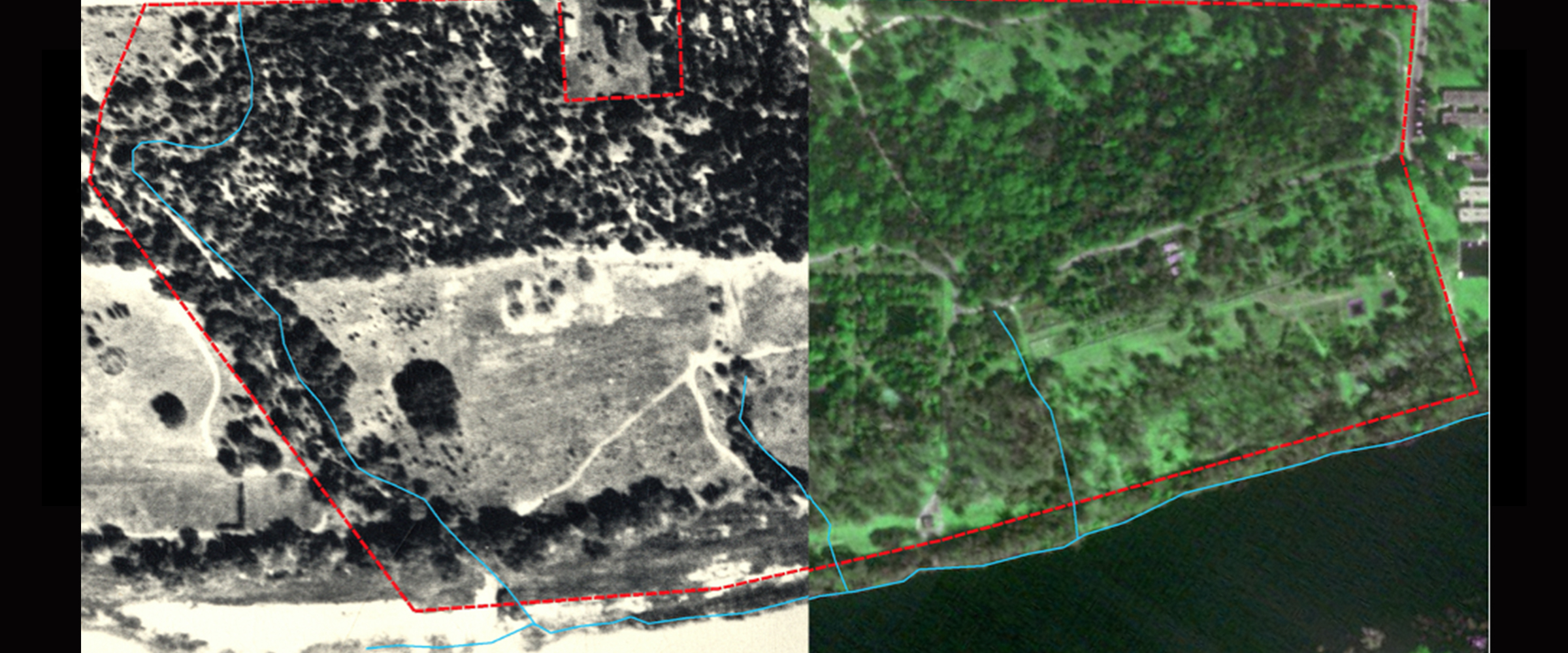
Susie’s Meadow: a favorite landmark at BFL and one of the areas currently undergoing treatment for invasive grasses.
The bucolic image of undulating grass fields in a summer breeze looks and feels uniquely Texan. It seems almost unbelievable that so many grasses that we associate with this imagery are not actually native to Texas. Invasive grasses have been an environmental concern here for over a century. The well-known and highly problematic species like King Ranch Bluestem and Johnsongrass make up much of the roadside flora in both urban and rural areas. In most cases, the grasses were brought to Texas as alternative forage for cattle and have since escaped on vehicles, farm equipment, and even the backs of the cattle themselves. Once an individual establishes itself, it can quickly take over an area, creating a monoculture of low-value species and reducing plant and animal biodiversity. This has been the case in many areas at the Brackenridge Field Laboratory (BFL).
In its fifty-five-year history, BFL has seen its share of changes, often reflecting the changes seen in Austin as a whole. Its disturbance history, faunal population changes, and the development of surrounding properties has changed the landscape and species composition at BFL many times over. Inevitably, invasive grasses have been introduced along the way. King Ranch Bluestem, Johnsongrass, Tangletop, and Guineagrass have been present at the field station at varying levels for the last several years. Drought, disturbance, and vehicle traffic have gradually expanded the invasion fronts. This year, BFL established an integrative invasive grass management program to combat the spread of the grasses, with the goal of reducing their presence via continued monitoring and treatment. The ultimate goal is to place pressure on the invasive grasses to deplete their underground resources while allowing the native grasses and forbs around them to thrive. The hope is that this thumb on the scale of interspecific competition will catalyze the reestablishment of diverse native meadows.

This areal photo illustrates how the landscape at BFL has changed over the past half century.
So, what does this plan actually look like? First, the grasses are mapped to establish a rough baseline of the invaded areas. As expected, the invasives are found mainly along paths and in areas of previous disturbance. Invaded areas are then carefully mowed and trimmed with the goal of minimizing damage to neighboring natives. This means leaving haphazard, patchy splotches of native forbs and grasses untouched within these mowed meadows that are densely populated with invasives. What looks like an inexperienced mower’s poor job performance is actually purposeful pruning. Once regrowth of the invasive grasses begins, individuals are spot-treated with herbicide. This process is repeated at least twice per year with the goal of converting the meadows back to the beautiful native bluestem mosaic that once painted the landscape.
Until then, BFL will be receiving its bad haircuts routinely. Just know that this bad mowing job is for a good cause.




